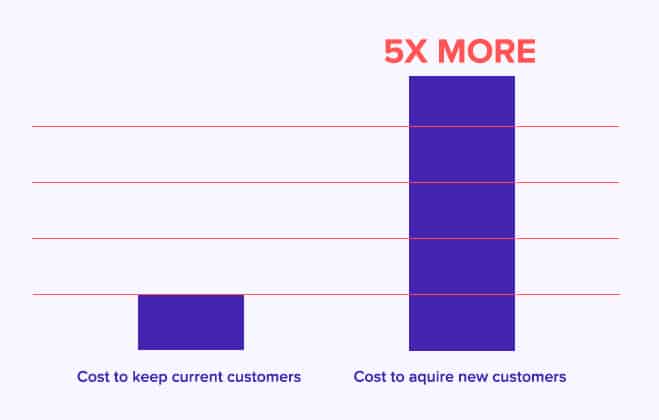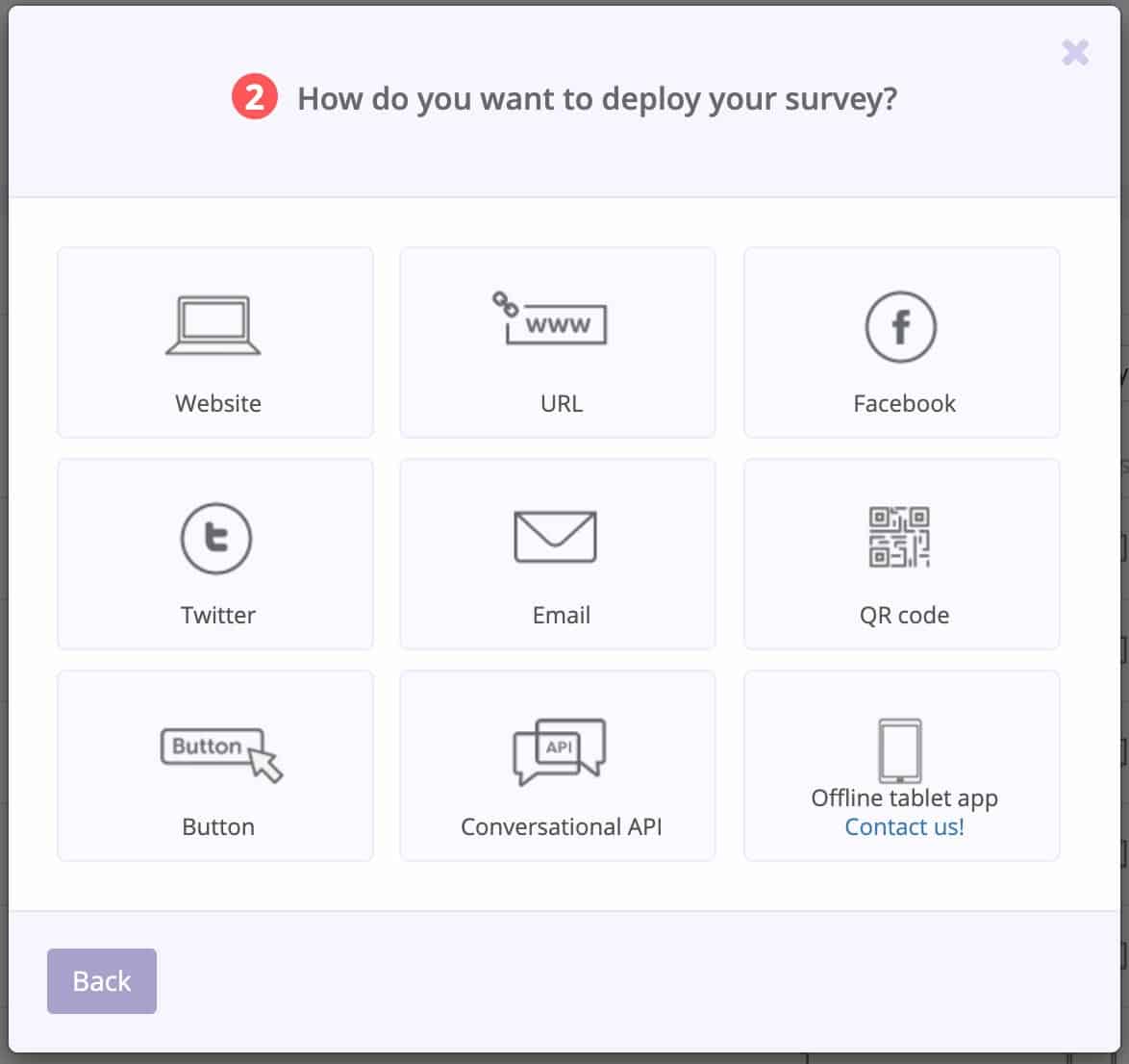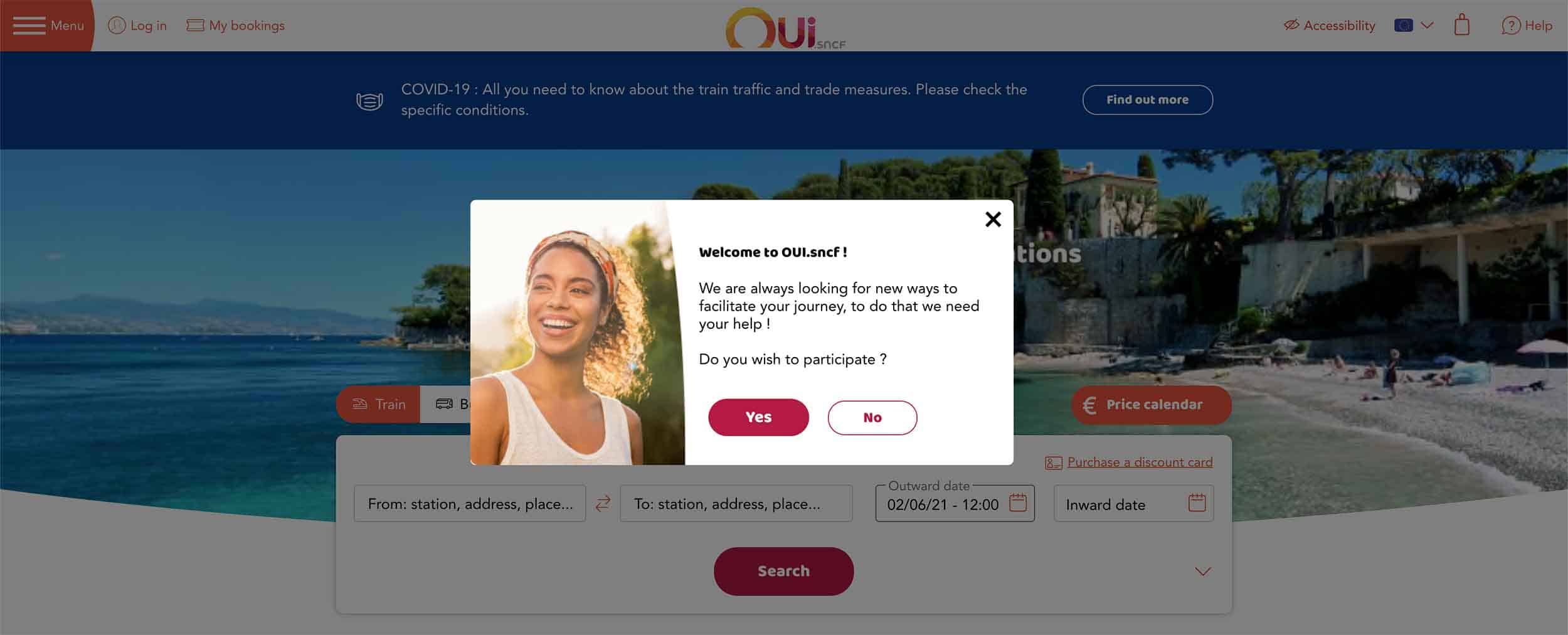Surveys help you get to know your customers better and measure their satisfaction levels. When designing a survey, you can choose between one or several deployment channels/media: website, email, SMS, social media, QR-code, etc. Read on for our tips on how to deploy your surveys via the best-suited channels for your business.
How to Deploy Customer Surveys
Sending surveys to your customers can help you get to know them better and ask about their needs, tastes, preferences, and expectations. Surveys fit perfectly into a customer knowledge strategy, particularly in the marketing field.
Easiware’s 2019 customer relationship KPI Barometer shows that a lot of companies have now understood the importance of customer knowledge and satisfaction.
Here are two significant findings from this study, conducted alongside 200 companies and 500 respondents:
- 70% of companies measure customer satisfaction, and 69% do so immediately after contact, while 67% of respondents say they also measure advisor satisfaction.
- 98% of respondents believe that the customer relationship is at least as important as last year in their marketing strategy and activity. Companies also seem to have taken on board the fact that building customer loyalty is more profitable and less costly than acquiring new ones.

Unlike other customer knowledge tools, surveys enable you to get to know your customers better, understand what they want, and also measure their satisfaction. Customer satisfaction and customer knowledge go hand in hand and form the base of any customer centric company.
If you are reading this article, you’re probably already aware of the benefits of customer knowledge and satisfaction surveys.
Below are the four steps to follow when creating your survey:
- Define the survey design, questions, and layout.
- Identify the target (who do you want to send your survey to?).
- Choose your deployment channel(s).
- Analyse your respondents’ results.
This article will focus on the third step, deployment. Which channel(s) should you deploy your surveys on?
20 years ago, we would have given you three options: phone, post or face-to-face. Luckily, times have changed and there are considerably more channels available, following the rise of digital channels. Below we will present the different options to choose from when deploying your surveys.
But first, it is important to put yourself in your customers’ shoes. Which channels do they use or prefer (in general, as well as in relation to your company)?
You should also take into account the nature and content of your survey. For example, if you want to ask your customers for feedback about your mobile app, deploy the survey directly on the app. For “colder” or more generic surveys, email is a good choice.
One last tip. Remember to test various channels to identify those that generate the most responses. Indeed, conversion rates may vary depending on the deployment channel.
Survey Deployment Channels
MyFeelBack offers a wide range of deployment channels/media to improve your survey’s visibility and get as many qualified answers as possible. Our wide range of channels also helps make sure you target the right people.

1 – On Your Website
You can trigger surveys on this channel, according to visitor/customer behaviour. By defining trigger conditions, you can ensure that you don’t disturb your visitor’s journey. For example, your survey could be triggered based on an exit-intent, the date, the last visited page, or even randomly (1 out of 2 visitors, etc.). You can also use your criteria from the website itself to condition your survey triggers (e.g., total amount in basket, if you have an online shop).

2 – By Email
By deploying the campaign immediately or planning an automatic send-out. MyFeelBack offers the possibility to incorporate the first question directly into the body of your email, in order to encourage recipients to respond and therefore improve your conversion rate.
3 – By SMS
By creating a message with a short link to your survey page. We recommend using this channel for short surveys to measure satisfaction indicators, such as NPS, CSAT, etc. To find out more, read our article: How to Write Effective SMS surveys (Advice and Examples).
4 – On Social Media
On your Facebook or Twitter page, by creating a post with a URL to your survey page, like in the example below.

5 – By QR-Code
With the possibility to personalising it with your logo. Once created, the QR-Code can be deployed on the device of your choice. MyFeelBack is one of the only solutions to offer this original deployment media! Today, GRDF uses it on all its construction sites to make it easier for residents to make themselves heard!
6 – With a Button
Placed on your website and including your survey link. This option has the benefit of not disturbing your visitors’ buying journey and obtaining qualified answers. However, you may find that you get less respondents.
You can also deploy your surveys with MyFeelBack directly on your mobile app. In other words, our solution helps adopt a multichannel approach to your survey deployment.
Finally, always remember that your choice of channel or media should take into account your strategy, but also, and above all, be based on your customers’ preferences.



















